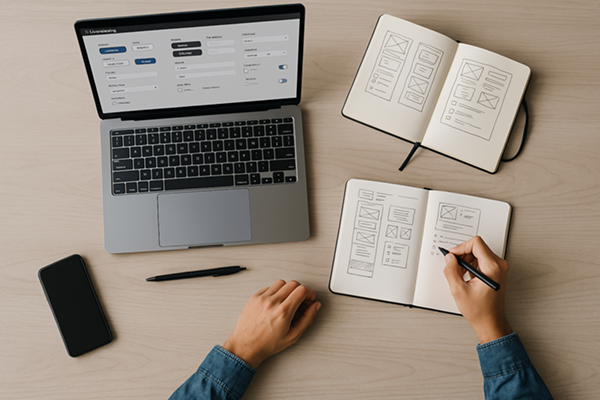Insurance Technology
UX Case Studies:
..focusing on the entire user journey-from concept to completion . . .

..focusing on the entire user journey-from concept to completion . . .

Insurance Technology
Designed and developed the responsive, user-centered interface for an AI-powered claims management tool, improving clarity, reducing friction, and building trust in a critical stage of the insurance journey - First Notice of Loss.
Role: UX Research, UX Design, Prototyping, Front-end Development

Insurance UX
Redesigning the FNOL experience through a focused UX design and concept sprint to reimagine a modern FNOL experience from the ground up. Crafting a visually-guided interface that transforms a complex, frustrating process into a clear and reassuring user journey, to improve claim submissions.
Role: UX Research, UX Design, Prototyping, Front-end Development

Collaboration Tools
Enhancing the File Notes experience meant reducing friction and restoring focus for claims professionals. This redesign eliminated workflow disruptions, and enabled in-context note-taking, modernizing one of the system's most-used tools, improving speed, clarity, and productivity across the claims lifecycle.
Role: UX Research, Prototyping, Front-end Development

Design Systems
Building a flexible, scalable design system empowered UX and engineering teams to streamline development, eliminate redundancy, and deliver a cohesive look and feel across multiple insurance products—enhancing consistency, brand trust, and user experience.
Role: Front-end Development, Usability Testing